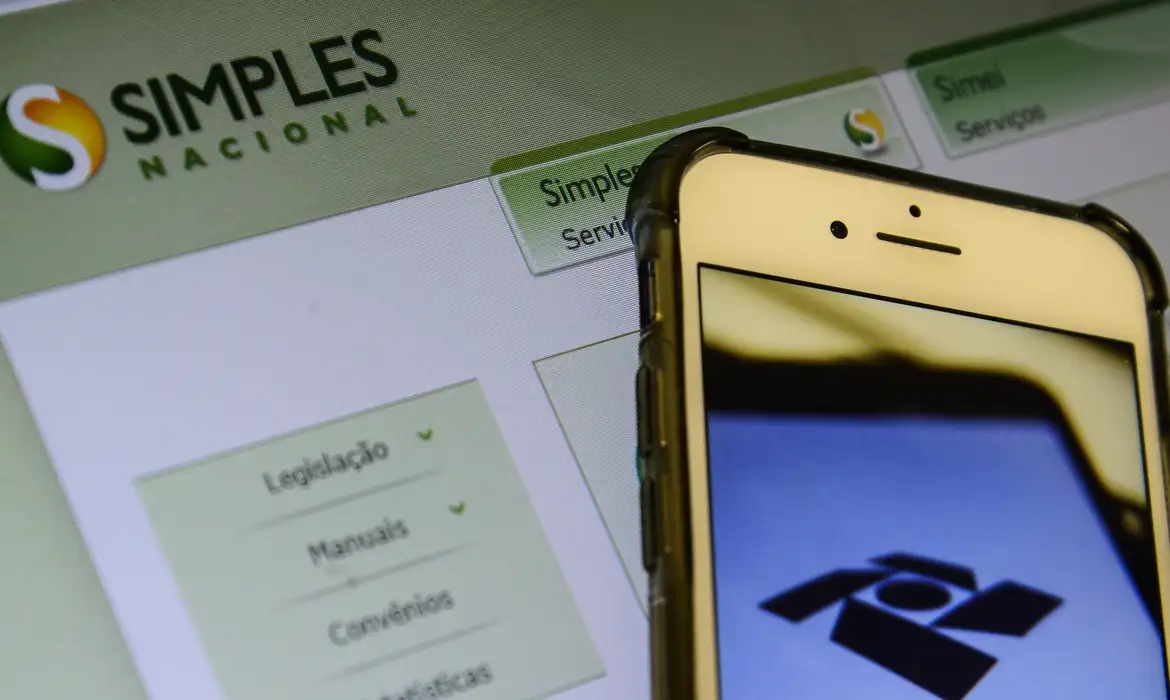Agricultural production of R$ 1.249 trillion may be the largest in Brazilian agribusiness
The VBP, calculated based on information on February crops, is organized by the National Supply Company (Conab) and the Brazilian Institute of Geography and Statistics (IBGE). Despite reaching a record level, the 2023 revenues forecast this month are still lower than those projected in February.
The National Supply Company (Conab) readjusted downwards the production of some important items for this year’s harvest. One of them was soybeans, whose production was impacted by the drought in Rio Grande do Sul, and production was revised to 151.4 million tons. The previous estimate was 152.9 million. As a result, the Ministry revised downwards the revenue forecast for oilseed producers to R$387 billion, less than the R$401 billion forecast last month.
Even so, the financial movement of soybean farmers with this year’s sales will exceed by 14% that of 2022. According to the ministry, current soybean prices are lower than those of a year ago, but the volume produced compensates for this drop. José Garcia Gasques, responsible for the data compiled by the Map, says that two points are important for this year’s GPV. One of them is prices, which, despite the reduction in some cases, are still above the historical average. Gasques also highlights the increase in average productivity, close to 10% this year, which, even when there is a reduction in area, guarantees good production.
Prices above the average of previous years and expectations of a good harvest in 2023 bring positive contributions to a broad group of crops, with emphasis on oranges, sugarcane, corn and soybeans. In the case of coffee, cotton and wheat, the behavior of prices and the levels of production achieved reduced revenues from this important group of products. The favorable results, mainly from soybeans and corn, have contributed to gains not only in the main producing states such as those in the Midwest and South, but also in several states in the Northeast and North that also benefit from good rainy periods.

Reduction of planted areas and droughts have promoted important changes in the VBP ranking. Among the states, Mato Grosso remains the leader, followed by Paraná and São Paulo. In Rio Grande do Sul, due to the impacts of adverse climate effects in the region, it lost strength and is in fifth place in the national ranking. The gauchos lost ground in important crops, such as soy, corn and rice. Soybeans and corn are still preferred by producers in the state, but the weather has not cooperated with production.
Rice, on the other hand, loses ground to other crops. If the data forecast for this year are confirmed, cereal production will be the lowest in the last 25 years. The state of Rio Grande do Sul is the main national producer. Lower production and stable prices at R$ 85 per bag made rice lose its place in the ranking of national importance, obtaining lower revenues even than cassava.
Brazilian agricultural production moved quickly to the Midwest, a region that should accumulate R$ 387 billion in revenues this year. Next come the South region, with BRL 331 billion, and the Southeast, with BRL 298 billion. Corn and soy represent 62% of the crops’ VBP, and play a decisive role in these results. If sugar cane is added, the participation of the three rises to 73%.
Crop income estimates are based on a record harvest of 310 million tons. This volume, however, may still undergo major changes, mainly due to climatic effects. The definition of internal prices, which serve as the basis for the formation of the VBP, also depends on external prices.
Value of Livestock
In livestock, cattle and chicken accounted for 68% of the sector’s total revenue. The retraction in these two segments affects the entire sector this year. Livestock, which is spending the third year with negative growth rates, is still facing adjustments caused by the Covid-19 pandemic and the reduction in domestic prices. According to Mapa, these would be the reasons for the reduction in the VBP of beef and chicken, in particular.
The technical consultant of the Association of Breeders of Mato Grosso (Acrimat), Amado Oliveira, points out the factors that the cost of production has worried the cattleman. “The production cost in December 2022 was way above the Gross Production Value. So this is a very big discomfort. We have tried through studies to propose some alternatives to the government, but they are very difficult”. The Acrimat consultant also explained that the rancher hopes that the scenario will improve, especially when China starts buying Brazilian meat again.

Mato Grosso is the highlight within agricultural production. In the state, agriculture has a relevant share in the GDP. Amado Oliveira, explains the factors that lead the state to stand out in the national scenario of Brazilian livestock. “Mato Grosso, due to its geographical characteristics, is already a great state. In 2022, we had a Gross Production Value (GVP) GDP of around R$ 202 billion reais and for this year, we will approach R$ 216 billion. Of course, local factors force us to have a larger scale than other states”.
What is VBP?
The VBP shows the evolution of the performance of crops and livestock throughout the year and corresponds to the gross revenue within the establishment. The VBP is calculated based on the production of the agricultural and livestock crop, and on the prices received by producers in the main regions of the country, of the 26 largest agricultural products in Brazil. The real value of production, deducted from inflation, is obtained by the General Price Index – Internal Availability (IGP-DI) of the Getúlio Vargas Foundation. The frequency is monthly.
By Brasil 61




